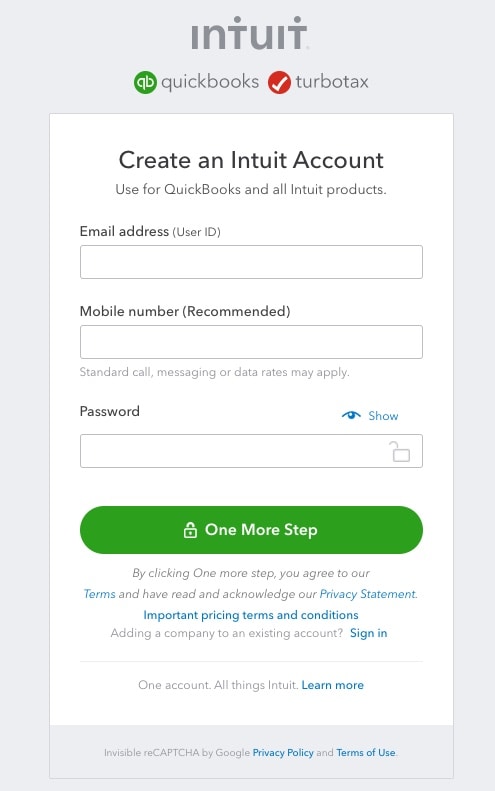Turn on suggestions
Auto-suggest helps you quickly narrow down your search results by suggesting possible matches as you type.
Showing results for
Hi ken-kcamarketing, thanks for your post. You can either enter the capital expenses as an adjustment on open return, or as exceptions. As this is your first return on QB, to record exceptions, you would need to create a nil amount dummy filing for the date preceding your open return (for example, if your open return is 01/09/22 - 30/11/22, you could create a filing from 01/08/22-31/08/22). To do this, turn off MTD in QuickBooks, and then click prepare return > set the start and end dates on the following screen > mark as filed. After this, turn on MTD to allow for the new open period to sync up with HMRC. You can then add the capital expenses into QuickBooks, with the relevant date and VAT code, and the system will then recognize and post these as exceptions against your open return. :)
Thanks for that Geogia,, but I'm not an accountant, more a book keeper/mathematician.
I purchased Quickbooks because I knew I needed to register for VAT this year, I've done previous VAT returns, but those were manual, which is not allowed nowadays.
I started using Quickbooks from 1/4/2022, but I've also input Journal Entries for the capital items which were bought before 1/4/2022, with an entry in VAT Control.? And what about VAT Control, will that cancel out those entries when I get the refund?
If I make a dummy filing entry for August (the first VAT return is for 1/9/2022-31/12/2022 and due in January), will this have any effect on the other things, profit, turnover etc.?
What is the difference between an adjustment on open return and an exception?
The VAT control account is a default account used to track unfiled transactions with VAT - once a return has been filed, the total amount will then post to the VAT suspense account (meaning the balance of the VAT control would be zero if all current transactions were filed). We don't recommend posting to this account directly; to affect the VAT return you would need to use a VAT code, as selecting the VAT control in a journal wont populate in the return. If the dummy return is a nil filing, there will be no effect on any future returns or reports (please note that the dummy return will show in your list of filed returns on QuickBooks, and it would not be possible to remove this).
A VAT adjustment is entered directly against the relevant box(es) on the return, instead of entering any transactions into QuickBooks. An exception is generated by entering or amending transactions dated prior to the most recently filed period with a VAT code, and will post to the relevant boxes on the return. If you need any guidance with this, we'd recommend reaching out to your bookkeeper or accountant. :)
Hi,
How do I claim back VAT on flat rate scheme for a van purchase over £2,000?
Thanks,
Tom
I appreciate you joining the thread, Tom. I can help you claim back your VAT on a Flat Rate Scheme (FRS) for a van purchase.
First, you must turn it on in your account to set it up. Follow the steps below:
When you create a bill or expense transaction to record the capital purchase, you will see a check box for VAT Reclaimable.
To learn more about this process, check out this guide: How to set up the Flat Rate VAT Scheme in QuickBooks Online.
Furthermore, feel free to check out this guide on submitting your VAT return in QBO: Submit A VAT Return In QuickBooks Online.
Ping me a reply if you have any further questions about tracking your VAT amounts. I'll always be ready to assist you. Take care always.

You have clicked a link to a site outside of the QuickBooks or ProFile Communities. By clicking "Continue", you will leave the community and be taken to that site instead.
